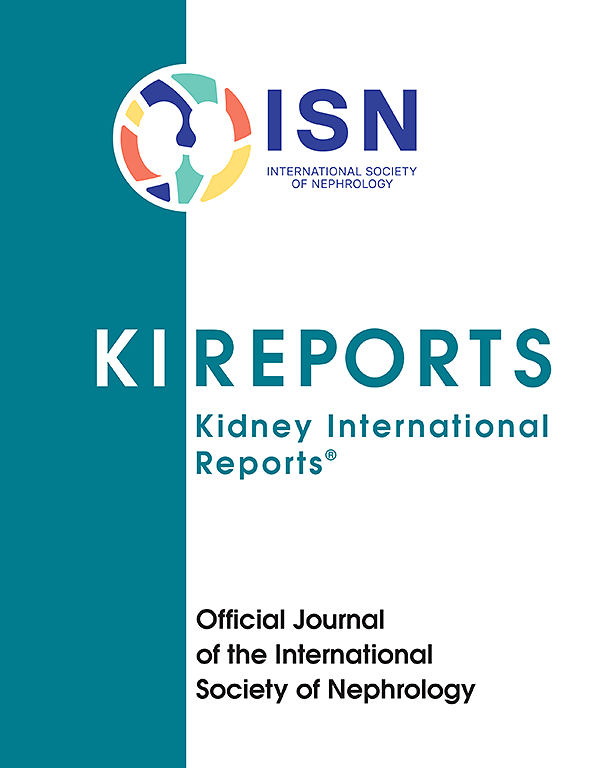Kidney Transplantation Improves Survival in Lupus Nephritis With End-Stage Kidney Disease
IF 5.7
2区 医学
Q1 UROLOGY & NEPHROLOGY
引用次数: 0
Abstract
Introduction
Lupus nephritis (LN) is a severe complication of systemic lupus erythematosus (SLE) and is associated with high morbidity and mortality rates. Although kidney transplantation (KT) is considered the optimal treatment for end-stage kidney disease (ESKD), its survival benefit, specifically in patients with LN-induced ESKD (LN-ESKD), is not well-established. This study aimed to determine the effects of KT on the survival of a national cohort of patients with LN-ESKD.
Methods
We retrospectively analyzed patients with LN-ESKD registered in the French Renal Epidemiology and Information Network (REIN) registry, who were waitlisted for KT between 2002 and 2022. KT was treated as a time-dependent variable to avoid an immortal time bias. The primary outcome was all-cause mortality, which was assessed using Kaplan-Meier analysis and adjusted Cox proportional hazards models.
Results
Of the 882 patients with LN-ESKD, 636 (72%) were waitlisted for KT, and 470 (74%) received a transplant. After a median follow-up of 80 months, KT was associated with a 60% reduction in the risk of death compared with remaining on dialysis (hazard ratio [HR]: 0.40, 95% confidence interval [CI]: 0.240–0.67, P < 0.001), with consistent benefits across subgroups. Patient survival at 10 years was 83% for transplant recipients and 60% for nontransplant recipients (P < 0.001). Sensitivity analyses, after excluding recipients of living donors and patients who were inactivated from the waitlist, supported these findings. Two years after the onset of ESKD, 38% of the waitlisted patients under went transplantation. The probability of graft failure was 23% at 10 years posttransplant.
Conclusion
Compared with patients who remain on dialysis, KT is associated with improved survival in patients with LN-ESKD. Early evaluation of transplant eligibility and timely referral to transplant centers are crucial for optimizing outcomes.

求助全文
约1分钟内获得全文
求助全文
来源期刊

Kidney International Reports
Medicine-Nephrology
CiteScore
7.70
自引率
3.30%
发文量
1578
审稿时长
8 weeks
期刊介绍:
Kidney International Reports, an official journal of the International Society of Nephrology, is a peer-reviewed, open access journal devoted to the publication of leading research and developments related to kidney disease. With the primary aim of contributing to improved care of patients with kidney disease, the journal will publish original clinical and select translational articles and educational content related to the pathogenesis, evaluation and management of acute and chronic kidney disease, end stage renal disease (including transplantation), acid-base, fluid and electrolyte disturbances and hypertension. Of particular interest are submissions related to clinical trials, epidemiology, systematic reviews (including meta-analyses) and outcomes research. The journal will also provide a platform for wider dissemination of national and regional guidelines as well as consensus meeting reports.
 求助内容:
求助内容: 应助结果提醒方式:
应助结果提醒方式:


